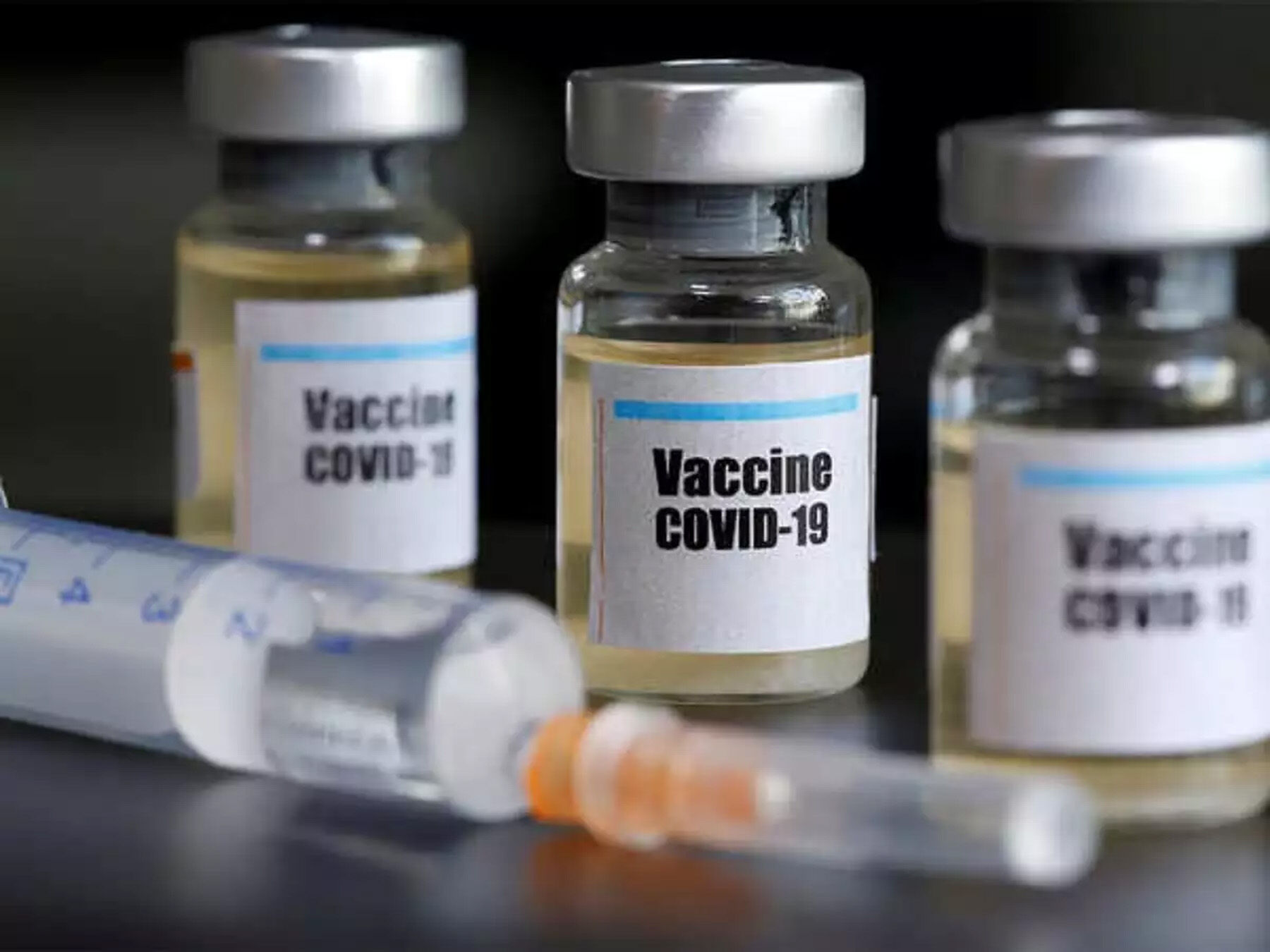A calculated beginning

India has finally joined the league of countries that are administering additional third doses to their population. The government prefers to call it 'precautionary dose' as against booster dose. Both the terms have come to be used interchangeably in the country. The World Health Organisation (WHO) has however laid out a distinction between the two. While both refer to an additional third dose, boosters are defined as a response to waning immunity and precautionary doses are meant for immunocompromised and old citizens for whom the primary vaccinations — first two doses — may not have been sufficient in raising the required level of immunity. In India, apart from old and comorbid persons, the third dose is being administered to frontline and healthcare workers as well — whose immunity may have declined over the months. So, in a way, our third dose is indeed a booster dose in theory. Between the two ways of administering boosters — homologous and heterologous — India has gone for the former. It effectively means that India has opted to administer the same vaccine as the booster which was used as primary vaccination. The reason is not hard to conceive. Homologous booster doses are said to be relatively safer than the heterologous boosters. And the safety aspect stands paramount in the case of India because there is a lack of data and clinical trial substantiation for the country's main vaccine — Covishield. A UK-based study has however shown that use of the Oxford AstraZeneca (Covishield) vaccine as a homologous booster increased the immunity by around three folds, varying slightly across different age groups. A similar study has however not been made or publicized in India. Since the Covishield vaccine was administered as a primary dose to a large proportion of Indians, the lack of clinical data might have ruled out the possibility of heterologous booster whose efficacy is established worldwide. On the other hand, a pre-print study in the case of India-made Bharat BioNTech vaccine has established its efficacy. The vaccine is learnt to generate both T Cell and B Cell responses, meaning that it could provide long-term protection against the virus. Being an inactivated whole virus, the vaccine is also considered as a safe alternative for boosters. The limitation, however, is the size of the population that it can cater to. Given that no mix and match of vaccines is allowed, and Covishield vaccine has been administered to the majority of the population, the scope for Bharat BioNTech's Covaxin appears to be limited. However, its efficacy as a booster is a positive signal. It can be prioritised for the population that has not yet received its primary vaccination. Under the present drive, around 1.05 crore healthcare workers, 1.9 crore frontline workers and 2.75 crore comorbid people in the 60 plus age group will be administered the third dose. There is certainly a greater chance that old-age immunocompromised people may not be properly protected from the first two doses of the vaccine. Also, the frontline and healthcare workers stand at a greater risk of being infected again with the virus. In light of these facts, the Central government, in the very right earnest, prefers to call the additional dose a 'precautionary dose'. The government's actions appear to be based on scientific evidence, and are very much in line with the WHO's suggestion to vaccinate the needy first. This can be contrasted with the reckless vaccination drives in Western countries, which undermine the prospects of last-mile vaccination. Vaccines are a crucial commodity right now and need to be used judiciously. In practice, India appears to be maintaining a thin line between the booster doses and precautionary doses. However, the country must build up a robust capacity for full-fledged booster plans as well, which may be needed in the future. It should work steadily towards holding proper clinical trials of the vaccines it has in its kitty. We cannot afford to be caught off guard against the virus and its strains. To sum up, it can be said that the Indian government has taken a very calculative approach, considering its needs and limitations, towards boosting the population. All efforts should be made on a collective basis to take those eligible for boosters, particularly the old, to vaccination centers. Safety of the last person will ensure safety for all.



